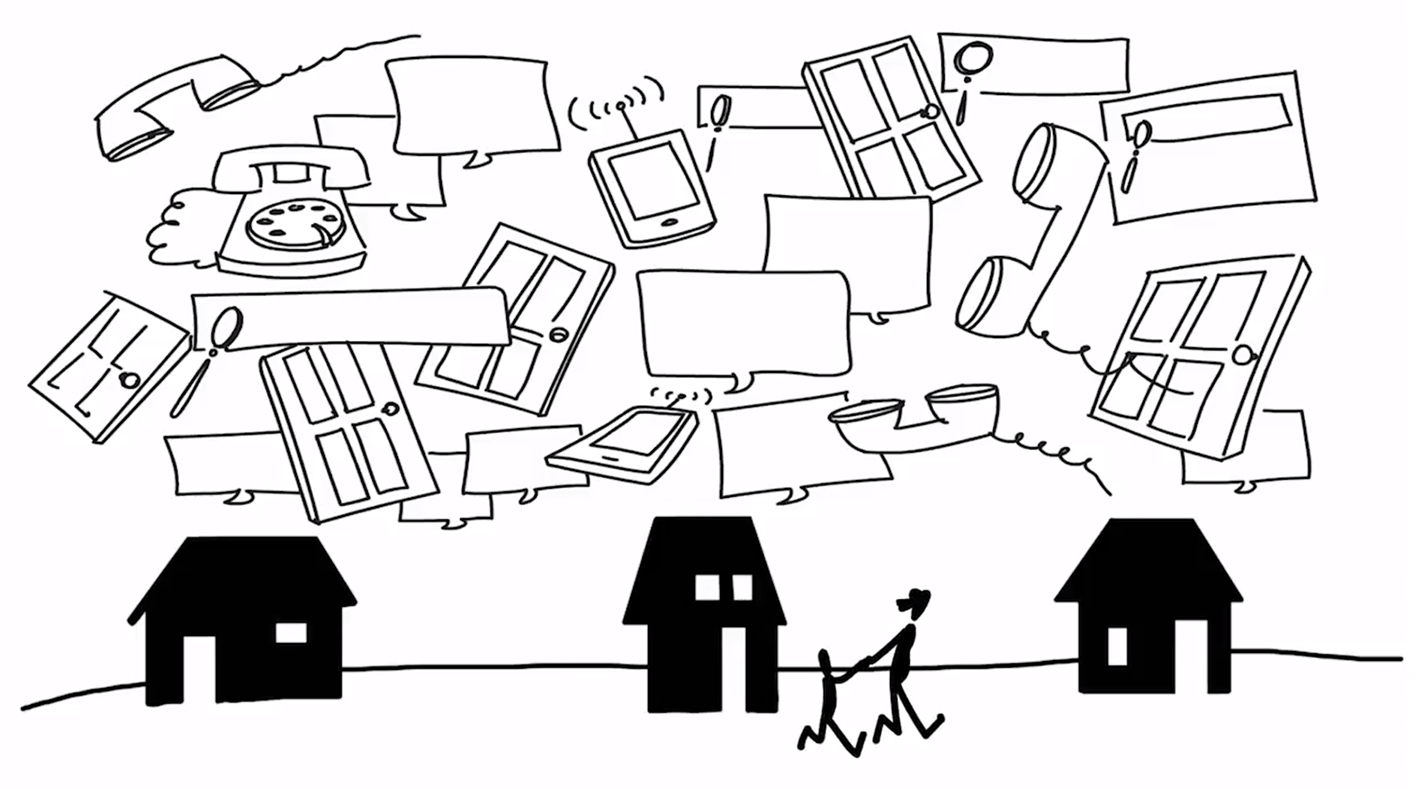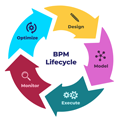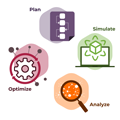How Connect Our Kids built a collaborative tool to find families for foster kids
Visualizations can be found where you least expect them: for example, in a lawyer’s file or a social worker’s laptop! We are proud to team up with Connect Our Kids, a non-profit organization based in Virginia, USA. Their mission is to create free tools that help child welfare professionals find loving, permanent homes for kids in the foster care system.
In the USA, about one hundred thousand children are in need of a permanent so-called “forever family”, as this is a crucial factor for the well-being of children growing up. The Families First Act, a bipartisan reform that provides more resources and treatment for families in need, encourages the reunion and placement in extended families of the children.
Typically, adoption social workers divide their working hours between their office, foster homes, interviewing prospective adoptive families and talking to people around the foster children (e.g. teachers, neighbours, and doctors). But tracking down suitable members of the extended family circle can be a very challenging and time-intensive task for social workers and only few children can receive this level of effort.
The process of interviewing people around the children, gathering information about the extended family, and assessing which relatives are the best foster-family for a child is usually a very tedious and slow process. Information gathered has to be manually stored, edited, and connected, which made the paper-based process inefficient in its nature.

Connect Our Kids seeks to change that through technology. Their free tool Family Connections simplifies the process involved by enabling social workers to create and keep editing a support map for each child. A support map not only shows the connection tree for every child, it also serves as an automatic contact information discovery, and it helps social workers to easily document their contact with members of the network. Connections that are typically mapped can range from direct and extended family, over doctors and teachers, to any other important person in the child’s life.
Searching for contact information is as easy as possible with their automatic search tool, that goes through information from over 300 publicly available sources. This helps social workers to quickly find physical addresses and other contact information, such as phone numbers, email addresses, and even the social media pages. Furthermore, it also features example letters and example call scripts to simplify day-by-day tasks.
But, the most crucial benefit is the ease of sharing the knowledge, by having a single online place for teams of social workers to visualize their work of discovering and engaging extended family members. Working collaboratively on one network is made possible by the great documentation of Family Connections: It allows social workers to share their notes directly in the support map, leaving a trail of knowledge for other workers involved.

For the visualization component, Connect Our Kids chose to use a diagramming SDK, thereby reducing the time and cost of the development. SDKs are libraries full of pre-made code that allow programmers to take individual building blocks and integrate them into their own software, without having to program a part (in this case: the visualization) of their software entirely from scratch.
The first prototype was built with a different SDK, GoJS. To generate the specific layouts needed and make the prototype market-ready, they made the switch to yFiles. The transition to yFiles was easy and, due to the similarity of the architecture, the data storage architecture and frontend framework did not have to be changed significantly.
 yFiles is tremendously flexible, allowing us to create the exact experience that our customers desired.Travis Collins, CTO Connect Our Kids
yFiles is tremendously flexible, allowing us to create the exact experience that our customers desired.Travis Collins, CTO Connect Our Kids
 The "Zoom to Render" feature in Family Connections. Source: Connect Our Kids
The "Zoom to Render" feature in Family Connections. Source: Connect Our KidsHowever, the greater flexibility of yFiles allowed the developers at Connect Our Kids to create specific family-tree network layouts and rendering features, crafting the exact experience that they desire. One of the most popular features now available with yFiles is the “zoom to see more information” feature, which allows social workers to see more information by zooming into the support map. The tool greatly cuts down the time spent tracking down individual connections and enables social workers to increase the time directly with the children, finding them permanent families.
Demo "Level of Detail"
Connect Our Kids makes perfect use of yFiles' "level of detail" style in their "zoom to render"-feature. See for yourself, how yFiles enables you to display your data interactively.


For us, helping Connect Our Kids reach their goals is a matter of heart. They committed to the goal of helping social workers help children find forever-families. Their software is not for sale,
they committed to sharing it freely with those working in the foster care system.
We are looking forward to the future of our partnership. The tool will be made available nationwide in the US in
2020 and be perhaps one day even internationally available for social workers around the world.

Connect Our Kids
Connect Our Kids is a non-profit organization based in the US-state of Virginia. Their goal is to achieve an easy and fast connection
between child welfare related professionals or CASA volunteers and possible reception facilities.
Visit ConnectOurKids.org to see more information, request free access to their Family Connections tool, or support them.
https://connectourkids.org
Sources: Connect Our Kids - nacac.org - socialworkdegreeguide.org - The AFCARS Report No. 26














